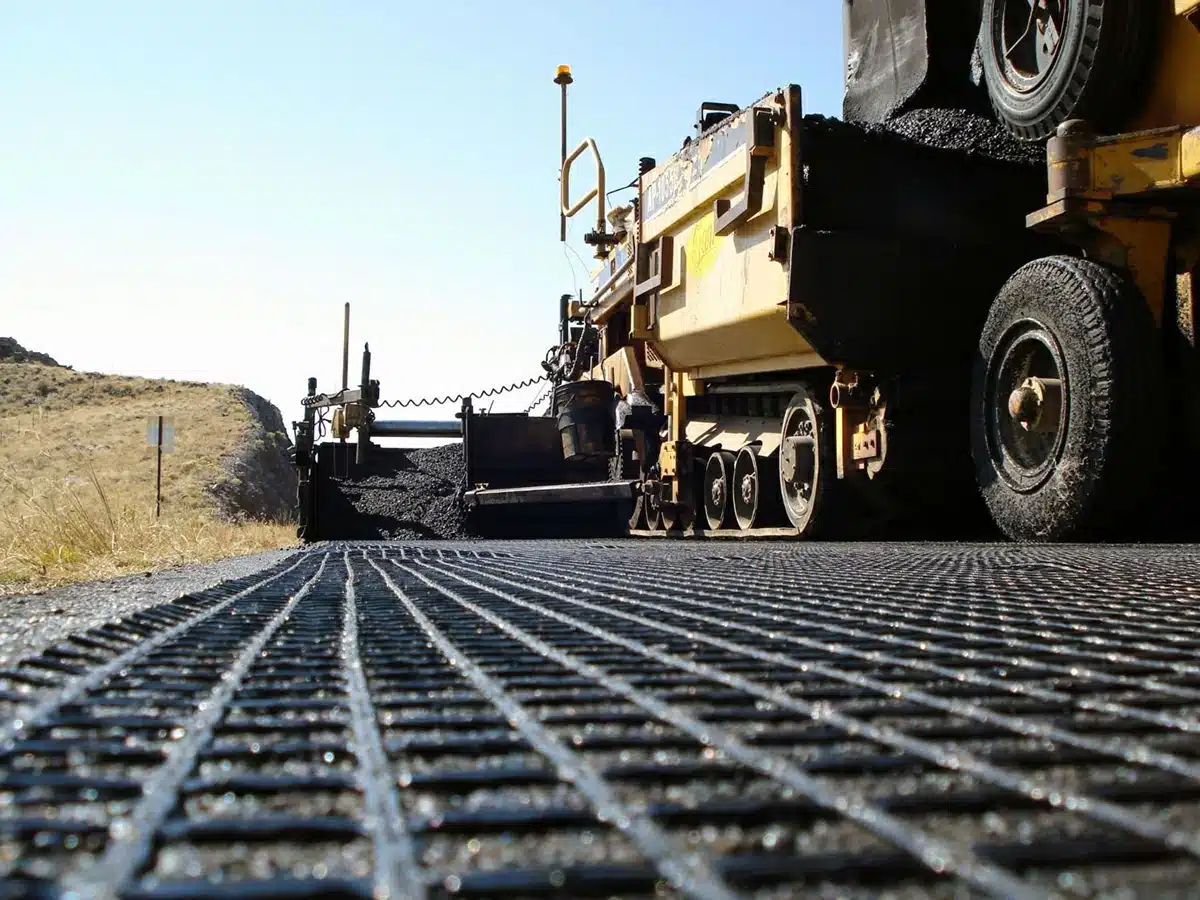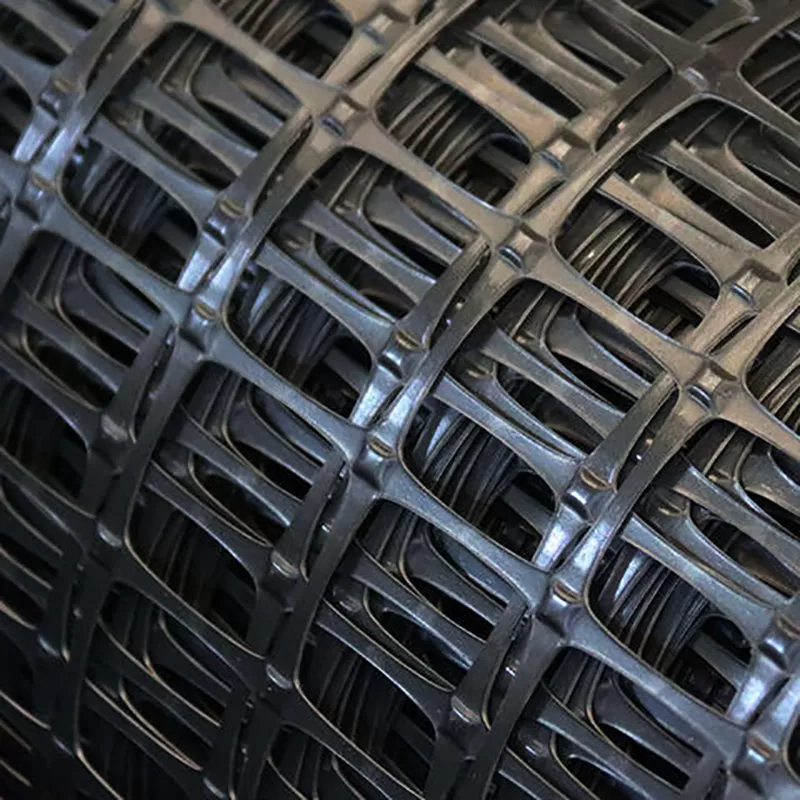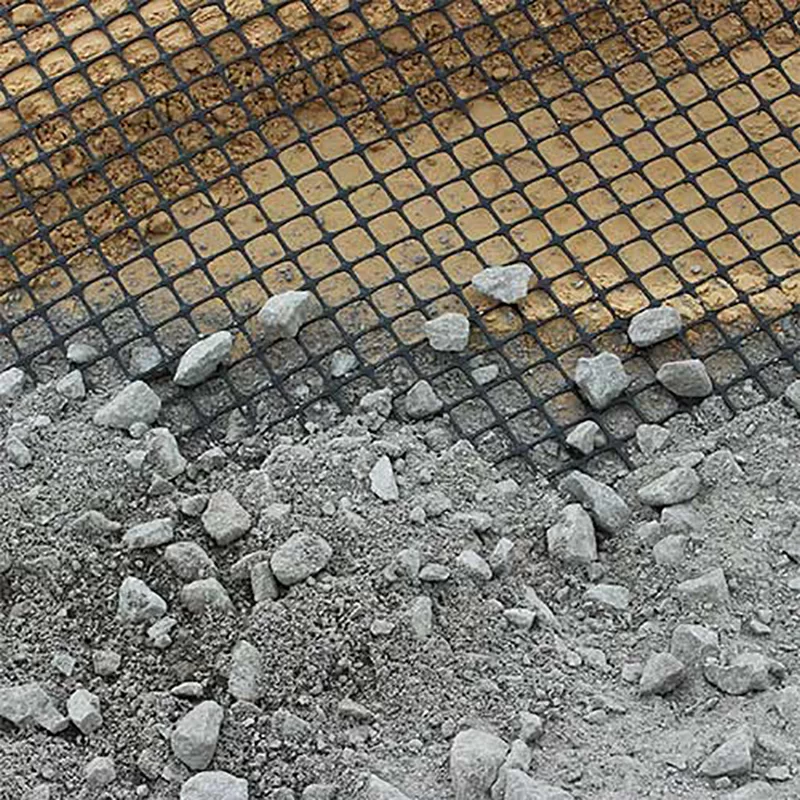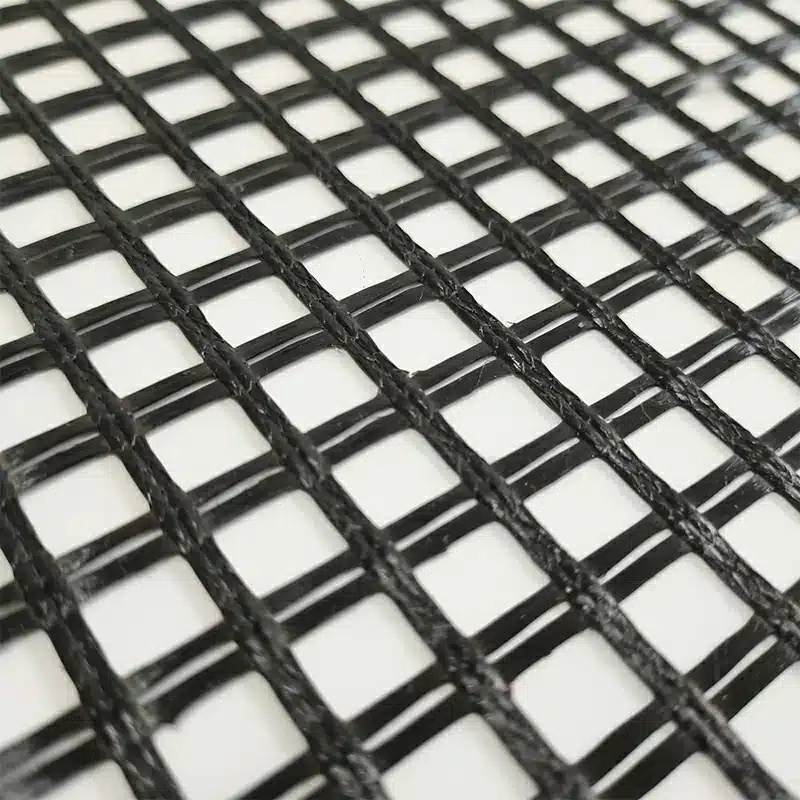+86-159 9860 6917
info@geofantex.com
geofantex@gmail.com
+86-400-8266163-44899
Gravel driveways are a popular choice for many homeowners due to their cost-effectiveness and rustic appeal. However, without proper stabilization, gravel can shift, causing ruts, potholes, and uneven surfaces. This is where geogrids come into play. A geogrid is a geosynthetic material used to reinforce and stabilize the gravel, ensuring a long-lasting and durable driveway. In this article, we will discuss the best geogrid options for gravel driveways and answer some common questions to help you make an informed decision.
Do gravel driveway grids work?
- Effectiveness: Gravel driveway grids effectively stabilize gravel surfaces, preventing shifting, ruts, and potholes.
- Material: Typically made from durable plastics like HDPE or polypropylene, offering high compressive strength and weather resistance.
- Load Distribution: Geogrids distribute vehicle weight evenly, reducing localized settling and uneven surfaces.
- Drainage: The open grid structure allows water to pass through, minimizing pooling and erosion.
- Installation Requirements: For optimal performance, grids should be installed over a properly compacted sub-base and filled with appropriately sized gravel.
- Longevity & Maintenance: Proper installation and regular upkeep can extend the driveway’s lifespan and reduce maintenance costs.

How long do gravel grids last?
Gravel grids are commonly used to create stable and permeable surfaces in landscaping, parking lots, driveways, and construction sites. These grids help distribute the load of vehicles or foot traffic, prevent soil erosion, and maintain structural integrity. However, their durability and lifespan can vary depending on several factors. Below is a detailed breakdown of the lifespan, influencing factors, and maintenance practices for gravel grids.
Average Lifespan: The average lifespan of gravel grids typically ranges between 20 to 40 years. High-quality grids made from durable materials like polyethylene or polypropylene can last on the higher end of this spectrum, while lower-quality products may degrade faster. In general, gravel grids used in well-maintained installations in mild climates tend to last closer to 30–40 years, whereas grids exposed to harsh weather conditions or heavy traffic may need replacement sooner.
Factors Affecting Longevity
Several key factors influence how long gravel grids last:
- Material Quality: The type of material used in manufacturing the gravel grids plays a major role in their longevity. High-density polyethylene (HDPE) and polypropylene are popular choices for gravel grids due to their strong resistance to UV rays, wear, and environmental stress. Poor-quality materials or cheaper alternatives may degrade more quickly under UV exposure or extreme temperatures.
- Installation Method: Proper installation is crucial for ensuring the grid’s long-term effectiveness. If the grids are not installed on a properly prepared sub-base (such as compacted gravel or crushed stone), the grids may shift or settle unevenly, causing premature wear. Inadequate anchoring or uneven surface conditions can lead to cracking or deformations, reducing lifespan.
- Environmental Factors: Environmental factors such as climate (extreme heat, cold, heavy rainfall) and soil conditions (acidic, wet, or sandy soil) can impact the durability of gravel grids. UV exposure from the sun can also degrade materials over time, while wet or freezing conditions might cause the grids to contract, expand, or crack.
- Traffic Loads: The amount and type of traffic that the gravel grids are subjected to will directly affect their lifespan. Grids used in light pedestrian or light vehicle traffic will typically last longer than grids subjected to heavy trucks or construction equipment.
Maintenance Practices
To extend the lifespan of gravel grids and maintain their functionality, regular maintenance is essential. Some best practices include:
- Regular Inspection: Periodically check for shifting, cracking, or signs of wear. Ensure the gravel remains evenly distributed and that no ruts or depressions form.
- Top-Up Gravel: Over time, gravel can settle or wash away, especially in areas with heavy rain. Replenishing the gravel ensures the grids continue to perform their intended function of stabilizing the surface.
- Weed Control: Weeds growing through the grids can compromise their structural integrity and appearance. Regular weed control, using natural methods or light herbicides, can help maintain the system.
- Cleaning and Debris Removal: Clear out any accumulated debris or dirt that might impede drainage or cause additional wear on the grids.
Gravel grids can last anywhere from 20 to 40 years, with longevity heavily influenced by material quality, installation practices, environmental conditions, and traffic loads. By ensuring proper installation and following regular maintenance practices, you can extend their life and prevent costly replacements. With the right care, gravel grids offer a sustainable and durable solution for stabilizing outdoor surfaces.
Are gravel grids expensive?
The cost of gravel grids can vary based on the material, brand, and size of the driveway. Generally, gravel grids are a cost-effective solution when considering their long-term benefits, such as reduced maintenance and increased durability of the driveway. While the initial investment may be higher than simply laying gravel, the savings over time from reduced gravel replenishment and repair make them a worthwhile investment. Additionally, there are various options available on the market to fit different budgets.
How to stabilize a gravel driveway?
To stabilize a gravel driveway effectively, follow these steps:
| Prepare the Base | Start by excavating the driveway area to a depth of about 6-8 inches. Ensure the base is level and compacted. |
| Install a Geotextile Fabric | Lay a layer of geotextile fabric over the base. This will prevent soil mixing with the gravel and provide added stability. |
| Lay the Geogrid | Place the geogrid on top of the geotextile fabric, ensuring it is evenly spread and anchored. |
| Add Gravel | Spread gravel over the geogrid, filling the cells completely. Compact the gravel to create a firm surface. |
| Regular Maintenance | Periodically replenish the gravel and ensure the surface remains even. |
By following these steps, you can significantly improve the stability and longevity of your gravel driveway.
Choosing the best geogrid for your gravel driveway can make a significant difference in the durability and appearance of the surface. Gravel driveway grids work effectively by stabilizing the gravel, preventing ruts, and reducing maintenance. High-quality grids can last for decades, making them a cost-effective investment in the long run. With proper installation and regular maintenance, a geogrid can ensure your gravel driveway remains functional and aesthetically pleasing for years to come.



Get Free Sample
We’ll respond as soon as possible(within 12 hours)






















